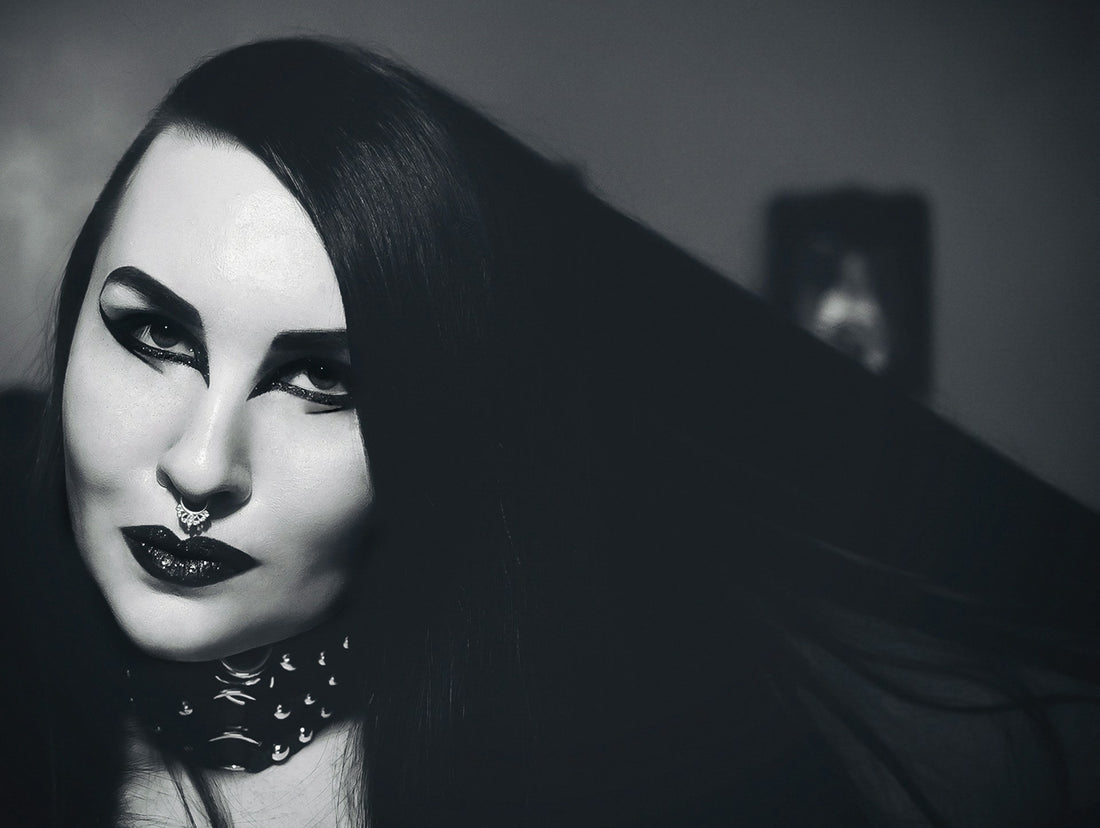
What Are the Main Characteristics and Styles of Goths?
Share
Introduction
The goth subculture has fascinated people for decades. It began in the late 1970s as an offshoot of the punk scene and has since become a diverse cultural movement. While it started with music, goth culture includes unique fashion, attitudes, and forms of expression that go beyond just sound. At its heart, goth culture values individuality and nonconformity, encouraging its followers to explore deep emotions, unique interests, and different views of the world.
Central to goth identity is a unique fashion style featuring dark, often black clothing, paired with vintage-inspired accessories like lace, corsets, and detailed jewellery. This look reflects a love for the mysterious and macabre, inspired by literature, poetry, and art that explore themes of darkness and introspection. From classic writers like Edgar Allan Poe and Bram Stoker to modern emo-influenced Gen Z goth styles, goth culture draws from a wide range of influences and inspirations.
Beyond fashion, goths are often drawn to interests like tarot cards, witchcraft, and the occult, showing a fascination with the supernatural. This interest extends to a strong sense of community, with goths gathering at events and festivals to celebrate their shared passions. In a world where mainstream norms often suppress individuality, goth culture provides a welcoming space for people to embrace their uniqueness, express creativity, and form meaningful connections with others who share their interests.
In this blog, we'll explore goth characteristics and styles, looking at the influences, aesthetics, and cultural expressions that define this vibrant subculture. By examining fashion, music, art, and lifestyle, we'll uncover the world of goth culture and celebrate its lasting impact on modern society.

Historical Context
Emerging from the punk scene of the 1970s, Goth culture underwent a transformation that led to its distinctive characteristics and styles.
Goth culture emerged from the punk scene of the 1970s, developing its own unique style and identity. Influenced by bands like Bauhaus and The Cure, goth music and fashion began to take shape in the early 1980s, especially in the UK. During this time, gothic rock, a subgenre of post-punk, became popular, leading to the rise of the goth subculture. Bands such as Siouxsie and the Banshees and Joy Division were key in shaping goth culture's sound and look. Critics compared these artists to iconic figures like the Doors and early Velvet Underground, noting the dark, atmospheric elements in their music. Tony Wilson even described Joy Division as "gothic," helping define the genre's identity.
As Goth culture grew in the 1980s and 1990s, it moved from its underground roots to become more mainstream. The unique style of Goths, known for its dark and romantic look, continues to influence fashion, music, and art today.
Visual Style
Goth fashion includes many different looks, all featuring some key elements that define the subculture's style. One of the most notable traits is the preference for dark colours, especially black, often accented with silver details. Clothing can range from Victorian and Edwardian-inspired pieces like corsets, lace, and velvet, to modern gothic styles. Accessories are crucial, with Goths wearing various jewellery, piercings, and tattoos to express their individuality. Hair and makeup styles vary, from subtle to dramatic, with bold, dark makeup and a variety of hairstyles.
Influential figures in the Goth scene have significantly shaped its visual style. Musicians like Siouxsie Sioux and Robert Smith are iconic fashion inspirations, with Siouxsie's unique ensembles setting trends in the gothic rock world. Other style icons such as Musidora, Bela Lugosi, and David Bowie have left lasting impressions on Goth fashion, influencing clothing choices and hairstyles. From classic symbols like Morticia Addams and Vampira to trendsetters like Lux Interior (The Cramps), the Goth subculture draws inspiration from various icons, continually evolving its distinctive look.
Want to add some gothic accessories to your wardrobe? Shop at Occult Patches & Pins for jewellery, accessories, iron-on patches and enamel pins for your dark side.

Music and Artistic Influences
Goth culture is deeply influenced by its music, which shapes its distinctive sound. Without goth music, the subculture might not exist. The music includes various subgenres like post-punk, darkwave, industrial. These styles are known for their atmospheric sounds, haunting melodies, and introspective lyrics. Themes often revolve around romance, melancholy, and existential dread. This diverse range of music is central to the goth identity and helps define the subculture's unique character.
The more iconic goth songs feature mysterious lyrics, such as Siouxsie and the Banshees’ “Spellbound” (Following the footsteps, Of a rag doll dance, We are entranced, Spellbound) themes of isolation and loneliness like The Cure’s “A Forest” (Suddenly I stop, But I know it's too late, I'm lost in a forest, All alone, The girl was never there, It's always the same, I'm running towards nothing, Again and again…) and draw inspiration from icons of the goth subculture, as seen in Bauhaus’ “Bela Lugosi's Dead” (The bats have left the bell tower, The victims have been bled, Red velvet lines the black box, Bela Lugosi's dead.)
Beyond music, goth culture often finds inspiration in literature and film. Gothic literature, with classics like Mary Shelley's "Frankenstein" and Bram Stoker's "Dracula," explores themes of horror, romance, and the macabre, shaping the gothic aesthetic. In cinema, films like "The Crow" and "The Addams Family" provide visual inspiration with their dark and atmospheric imagery, influencing goth fashion and artistic expressions.
Overall, the multifaceted influences of music, literature, and film have contributed to the rich tapestry of goth culture, shaping its main characteristics and styles while fostering a sense of community among its diverse members.
Social and Cultural Characteristics
Being a goth is more than just music and fashion; it's about embracing a unique identity and finding community with those who share similar interests and values. While goth music and dark aesthetics are central, there's flexibility in how people express their goth identity. It's about embodying the community's spirit and contributing to its diverse culture.
Contrary to stereotypes, goths are not gloomy loners or dark arts practitioners. They often form welcoming, socially conscious communities that value inclusivity, diversity, and activism. Many goths support causes like LGBT rights, veganism, and political activism, showing their commitment to positive change beyond their subculture.
Goth culture has influenced mainstream culture in many ways. Popular shows like Netflix's "Wednesday" featuring Wednesday Addams and movies like "The Craft," with Nancy Downs highlight gothic characters and themes. Goth aesthetics are also evident in media, with goth bands like Joy Division and The Cure frequently featured in TV shows, films, and ads. This widespread presence in mainstream media underscores the lasting cultural impact of goth style and music.
Then there’s events like World Goth Day and the Whitby Goth Weekend, providing platforms for enthusiasts to celebrate and showcase their goth identity, fostering a sense of camaraderie and solidarity within the global goth community.

Modern Goth Styles
In the modern era, goth fashion has split into various subgenres, each with its own look. Cybergoth mixes rave culture with gothic fashion, using bright neon colours, futuristic accessories, and elaborate hairstyles. Pastel goth gives a softer twist to gothic style, blending pastel rainbow hues with a gothic vibe. Gothic lolita is inspired by Japanese Harajuku fashion and features Victorian-style dresses, petticoats, and detailed accessories.
Goth culture's influence has spread beyond its original boundaries, leading to the rise of subcultures like emo and scene in the early 2000s. Recently, these movements have made a comeback, especially with the e-kid style. e-kid style blends elements of goth, emo, and internet culture, creating a fresh, hybrid look that resonates with a new generation. This fusion showcases the lasting impact and evolving nature of goth culture in modern times.
Goth fashion has blended with other subcultures like punk, metal, and industrial, creating unique hybrid styles. In media and fashion, goth representation is growing, with more brands catering to gothic tastes. Brands like Killstar, Drop Dead, Disturbia and, of course, Occult Patches & Pins, offer clothing and accessories suited to the goth aesthetic. Makeup brands like Illamasqua and Kat Von D Cosmetics provide products for goth makeup preferences. This fusion of styles and increased representation shows the broadening influence of goth culture.
Even couture fashion houses have drawn inspiration from gothic aesthetics, with designers like Alexander McQueen, Christian Dior, and Comme des Garçons incorporating goth elements into their collections.
Conclusion
Goth culture has lasted for decades, showing its resilience and ability to change over time. Its appeal comes from its diversity and how it fosters personal expression. While some see goth fashion and music as limiting, many find it freeing, allowing them to express themselves truly and explore their identities.
Looking ahead, goth culture seems promising. Even with changing trends, its core themes stay relevant. By mixing old influences with new ideas, goth culture remains vibrant and dynamic, offering a space for connection and creativity.
The lasting impact of goth culture is in how it gives people a sense of belonging and empowerment. As it evolves, it will continue to be an important force in fashion, music, and art, inspiring and uniting future generations.


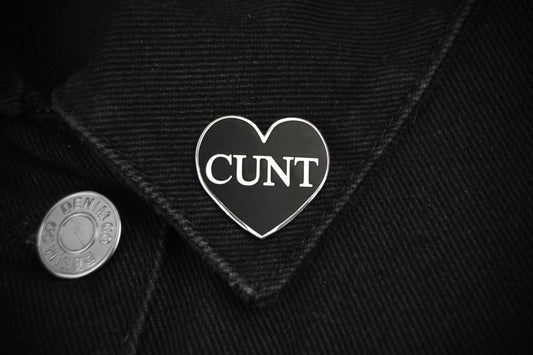
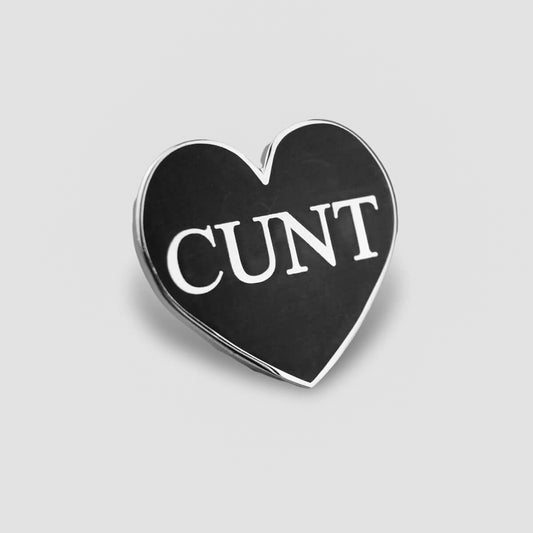
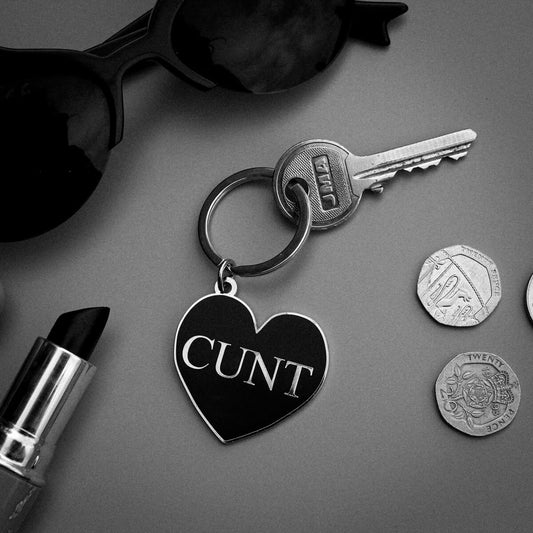

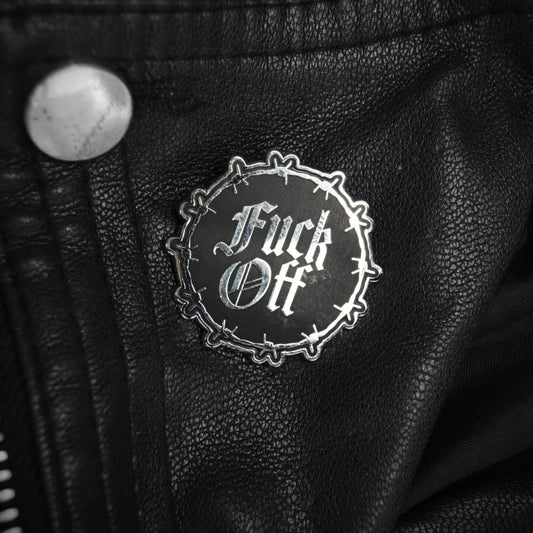

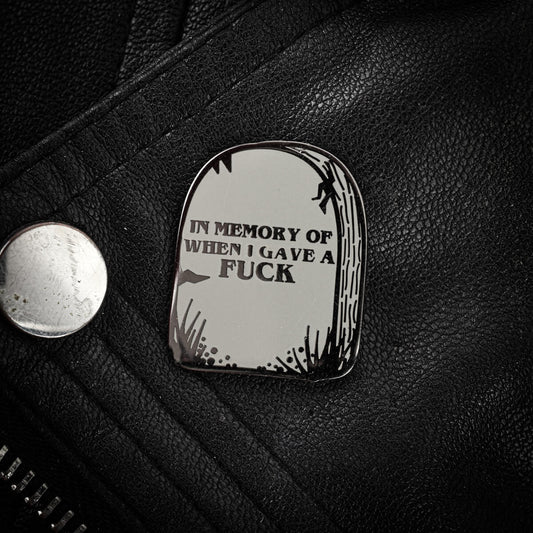
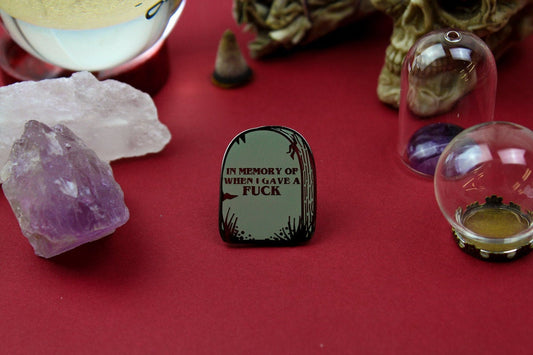



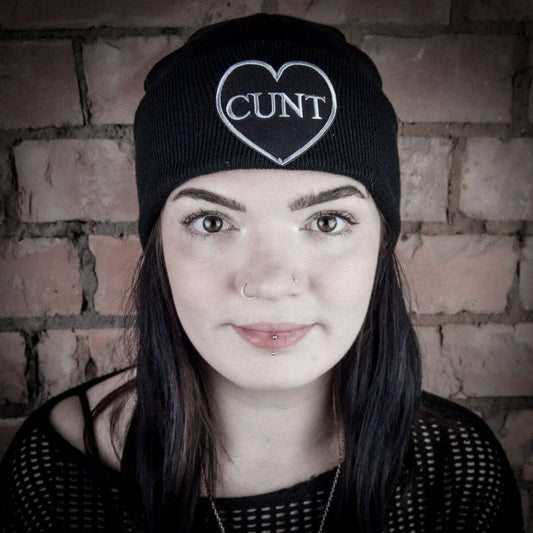
2 comments
Your insight is a treasure trove. Grateful for your generosity in sharing it with us.
Men Gothic Pants
Great insights! Thank you for providing such valuable content. I’d also like to invite fashion enthusiasts to explore with us!
Men Gothic Jacket